|
By Kim Preshoff & Jennifer Hesseltine, @GlobalSpeedChat Throughout our experience as professional educators, we believe that while it is great to teach students about global issues and encourage them to get involved, the best way for youth worldwide to really get to know each other is to give them opportunities to collaborate—do something together. Through this, students begin to understand others in a very natural and authentic way. Regardless of whether or not students are from an urban or rural region, or affluent or not—there is a need for students to be exposed to others, and there is a need for us to do much more than just talk. Since we cannot take all of our students around the world on a tour to get to know everyone, we have introduced #GlobalSpeedChat, a curriculum that includes quick, easy digital activities that teachers/school leaders/club organizers can do with students to help students gain a better understanding of others in our world. So far during the 2016-2017 school year, we have introduced six monthly activities that any student, teacher, administrator, club leader (or others) can do with students to help youth gain a sense of otherness and perspective in our world. The first #GlobalSpeedChat task in November 2016 asked students to take a picture of their lunch and post it on the “Let’s Do Lunch” #GlobalSpeedChat Padlet. Our hope was that students and teachers would not only post their lunch, but also take the time to scroll through and see what others were having for lunch as well. This activity led to conversations about diet, culture, and perspective. Especially important were conversations where students looked at a food item from another country/culture and decided that the item was “gross” or “weird.” These conversations became great teachable moments that led to further conversations about whether the item was weird (gross) or just different. Students then went on to point out food items that they eat that might be considered different by others who don’t normally eat that specific food. One of our favorite TED Talks to assist in having these conversations is Weird, or just different? By Derek Sivers. So, how do activities like this lead to peace in our world? Our hope is that by engaging in activities that expose students to the perspectives and lives of others, that our global youth will grow into adults that understand the perspectives and lives of others - building a future generation that hosts a sense of “otherness.” After all, if we are going to achieve peace in our world - our first step is making sure our children understand the importance of perspective. Through engaging hands-on activities that have the potential to cross borders, our hope is to help kids (and adults) to realizes commonalities and value differences; thus, contributing to a more peaceful and understanding world. With three tasks left during the 2016-2017 school year, our hope is for classrooms worldwide to engage in the activities - the more classrooms who participate, the better - as we will then gain more perspectives that way! We would like to invite our global audience to feel free to take part in any of the #GlobalSpeedChat activities at any time, even if the activity has already passed. Finally...stay tuned for more activities during the 2017-2018 school year. We have learned a lot in our first #GlobalSpeedChat school year and have some terrific global activities planned for the future. Special thanks to Kim and Jennifer of #GlobalSpeedChat for sharing their incredible work following in the spirit of #TeachSDGs for this post. You can learn more about #GlobalSpeedChat by visiting www.globalspeedchat.com. 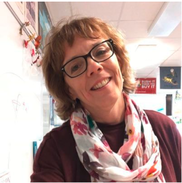 Kim Preshoff, Science Teacher, Williamsville North High School, New York, USA, TED-Ed Innovative Educator, Co-Founder #GlobalSpeedChat Twitter: @turtlemomKi 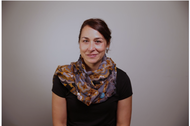 Jennifer Hesseltine, Social Studies Teacher, Malone Middle School, New York, USA, TED-Ed Innovative Educator, Co-Founder #GlobalSpeedChat Twitter: @jenhesseltine |
AuthorSTeachSDGs Team & Contributors Archives
November 2019
Categories |
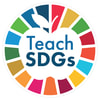
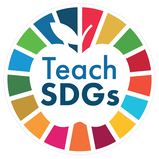

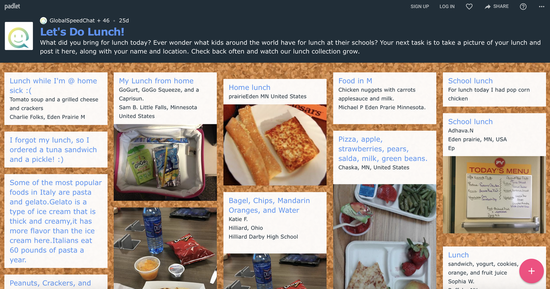
 RSS Feed
RSS Feed